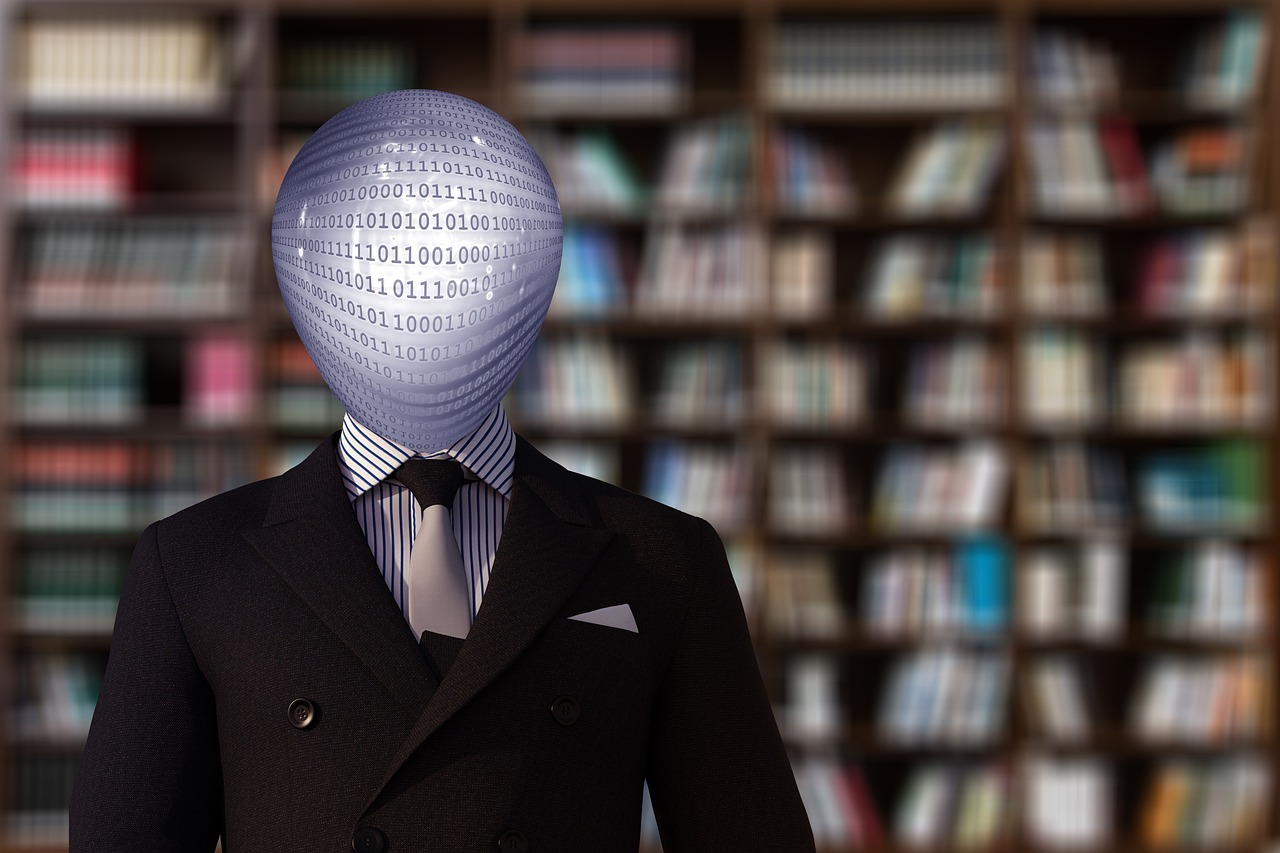Artificial intelligence (AI) ‘s rapid advancement has brought numerous benefits, from enhancing productivity to enabling groundbreaking innovations. However, as with most technological progress, AI has also introduced new challenges, particularly in education. One of the most concerning issues emerging from this technological shift is AI-assisted cheating, raising alarms about academic integrity. As AI tools become more sophisticated and easily accessible, teachers are grappling with how to keep up and maintain control over the learning environment.
The Emergence of AI Cheating
AI-powered tools, such as language models like ChatGPT, can now generate essays, solve complex math problems, and even complete assignments that were once considered uniquely human tasks. Students can use these tools to complete their homework, craft research papers, and even cheat during exams. The ease with which students can obtain AI-generated content raises severe concerns about the authenticity of their work and whether they are truly learning the material or merely outsourcing their education to machines.
For example, AI programs can write essays in seconds based on prompts provided by students. These essays often pass plagiarism checks, making it difficult for teachers to identify whether AI generated the work. Additionally, AI-driven apps can help with problem-solving in math and science, providing students with quick answers without understanding the underlying concepts.
The Pressure on Teachers
As AI tools become more advanced, the pressure on teachers to detect and prevent cheating intensifies. Traditional methods of identifying cheating, such as checking for plagiarism, are no longer sufficient. Teachers must adapt to a new reality where AI can generate indistinguishable text from human-written content. The challenge lies in identifying whether a student’s work is their own or the result of AI assistance.
Furthermore, teachers must grapple with the ethical dilemma of approaching AI cheating. While some students may use AI as a shortcut, others may need to be made aware of the consequences of relying on these tools. Teachers are now tasked with detecting cheating and educating students about academic integrity in the age of AI.
The Difficulty of Detection
One of the primary reasons this issue has become so widespread is the difficulty in detecting AI-generated content. AI writing tools are continually improving, making distinguishing between human-written and machine-generated work harder. Even advanced plagiarism detection tools need help keeping up with AI’s ability to produce original content free of direct copying. As a result, teachers are left with limited resources to identify cheating and are forced to rely on their instincts and manual methods, which often need to be improved.
Some schools have turned to specialized software to detect AI-generated content, but these tools could be more foolproof and sometimes produce false positives. Additionally, the rapid pace of AI innovation means that detection methods must constantly evolve, creating an ongoing challenge for educators to stay ahead of the curve.
The Future of Education and AI
As AI technology advances, the traditional educational model will need to evolve. Teachers and students must adapt to a new paradigm in which AI is both a tool for learning and a potential source of academic dishonesty. Educators may need to focus more on assessing critical thinking, creativity, and problem-solving skills—areas where AI struggles—rather than relying solely on written assignments and tests.
Moreover, schools must emphasize the importance of academic integrity in the digital age. Rather than focusing solely on punishing students for cheating, educators can encourage the responsible use of AI, showing students how these tools can complement their learning without replacing their effort and understanding.
Conclusion
AI cheating presents a growing challenge for teachers in the modern educational landscape. As AI tools become more sophisticated, detecting and preventing cheating becomes increasingly difficult. To keep up with technology, educators must rethink traditional assessment methods, embrace new ways to evaluate student learning, and teach students the importance of integrity in a world where AI can do much of the work. Only through these efforts can we ensure that AI becomes a tool for learning rather than a shortcut to academic dishonesty.




